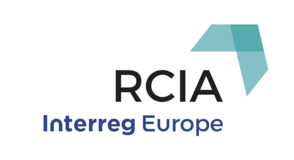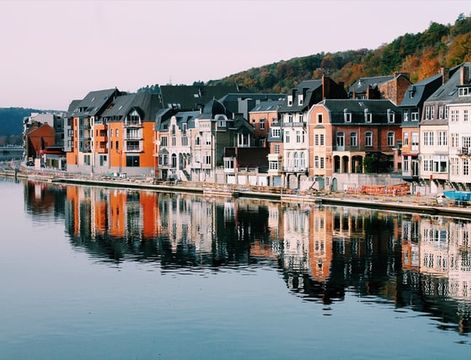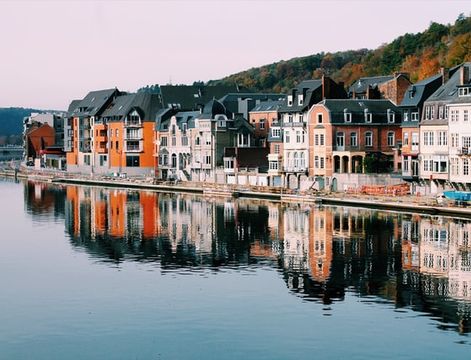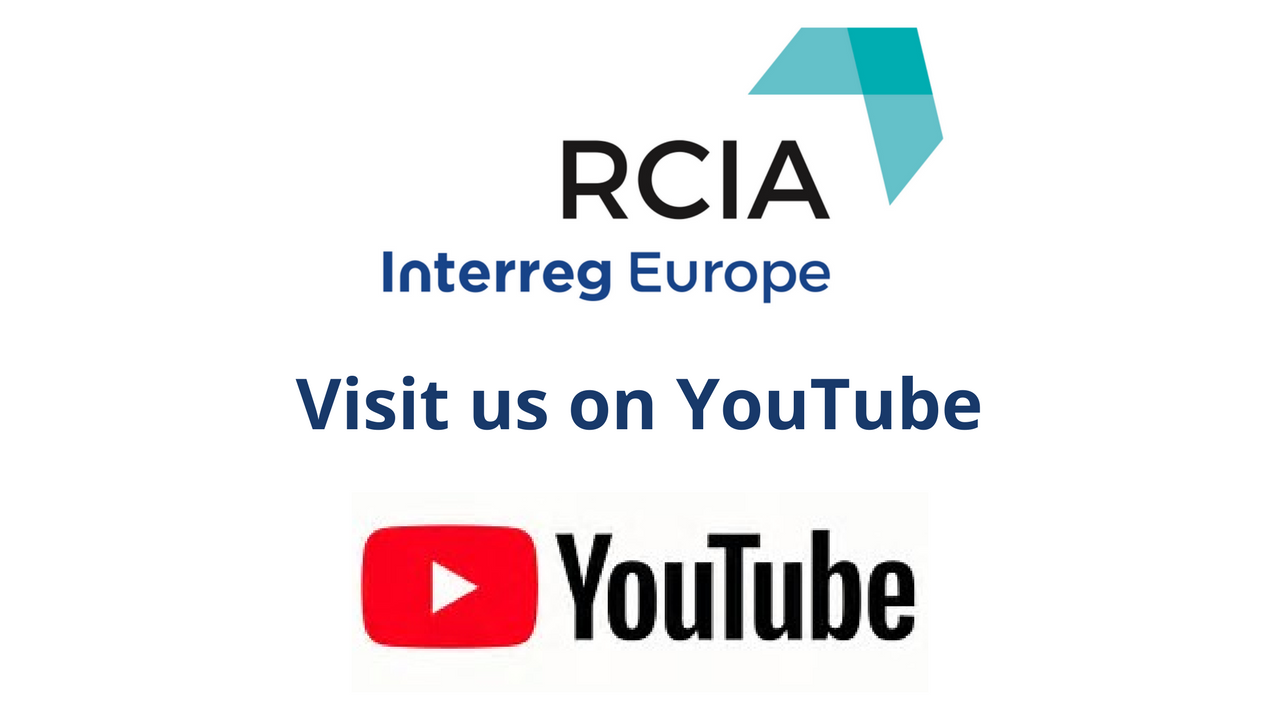Tackling the important topic of audience development (AD), the RCIA Policy Round Table in Barcelona left participants energized and inspired. The first message was to see AD not as developing the audience but rather developing institutional practices which can be used for political steering and to achieve an increased participation across all sectors and social classes.
Marked with brainstorming and joint discussions, the key takeways from the event were:
- Viewing culture as a tool to achieve broader societal goals
- Understanding AD as education (not just getting the audience but educating the audience, contribute to their lifes and well-being (“Life-long learning”)
- Arts need to be included in the standard educative cycle in schools from very young ages on. Use the creative potential of children, lay the basis and create habits among young people to consume culture. One solution could be to integrate the departments/ministries of education and culture.
- Community Engagement and Integration and Social Inclusion:- Cultural institutions need to integrate with their audience. Let the audience take part in deciding on the content/programme of cultural events. Another important point is to break with the image of the “grand cultural institution”. The institution should not should not be untouchable/distant to the audience but accessible/close instead. Audiences need to be picked up in “their world” (space/neighbourhoods and channels). Institutions need to reach out to the consumer; go to the audience instead of waiting for them to come. Choose the right communication channel (e.g. social media). - The recruitment of staff in cultural institutions can play a role. Staff should reflect cultural and social diversity and by it guarantee a programme for the whole spectrum of society. - Social inclusion has to act on both sides, cultural production and cultural consumption; artists and audiences. - Relevance and relationships. People love to feel included (emotional level).
- Loyalty Programmes: - Loyalty is very much linked to community engagement. It can be created by establishing bonds with the audience (e.g. through integrating them). Blur the lines between the cultural producer and the cultural consumer. - Cultural participation is often not about the price, but about the link with culture. - The audience needs to feel the connection with culture. Unconventional collaboration can serve for loyalty engagement, for example, of young people (see: Opera cooperates with football club of Malmö). - For concrete measures to create loyalty, choose the right age group. 18-25 is good, 1518 years is also important (the younger the easier to create loyalty and habits).
- Space: - Social inclusion and community engagement as well as loyalty creation is also about the use of space. - Public space and buildings belong to the community and should be made available to them. Most cultural institutions (concert halls, theatres etc.) are not exploited to their maximum. They can be opened for the public (non-professional artists) or offered for rent. - Accessibility to (public) cultural facilities can support community integration, social inclusion and loyalty creation.
- Audience Analysis: - It is important to know who is the audience (and who is not the audience) and why they come (not come). A vague idea is not enough. - Creators and artists and cultural programmers /institutions should be part of the audience to get to know it and experience their reactions directly. - Audience is part of the cultural events, they are co-creating the event.
- Cooperation and Exchange of Experience: - Private companies should be involved in the AD process. - Cooperation should be encouraged in between cultural and creative companies and companies from other sectors (e.g. digital sector).
- Digitalisation: - ICT tools offer great opportunities to reach audiences (also non-traditional social groups). - Cultural companies often lack digital competences. One solution could be to hire staff with technical competences (see also: “Developer in Residence” project from Sweden). The digital gap in cultural companies and institutions needs to be covered (flexible system).
- Public subventions/ ICEC grant schemes: - If public money is invested (e.g. in the form of grants), the results should be for the benefit of the whole community. Experience should be shared or tools available for whole community (or public ownership of tools). - Continuity of grant schemes should be ensured; one time only programmes are less effective.












